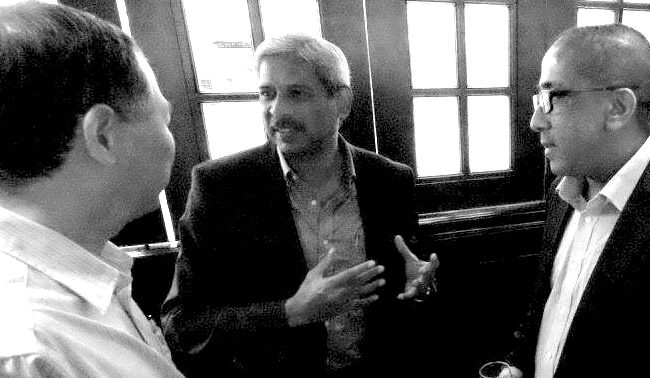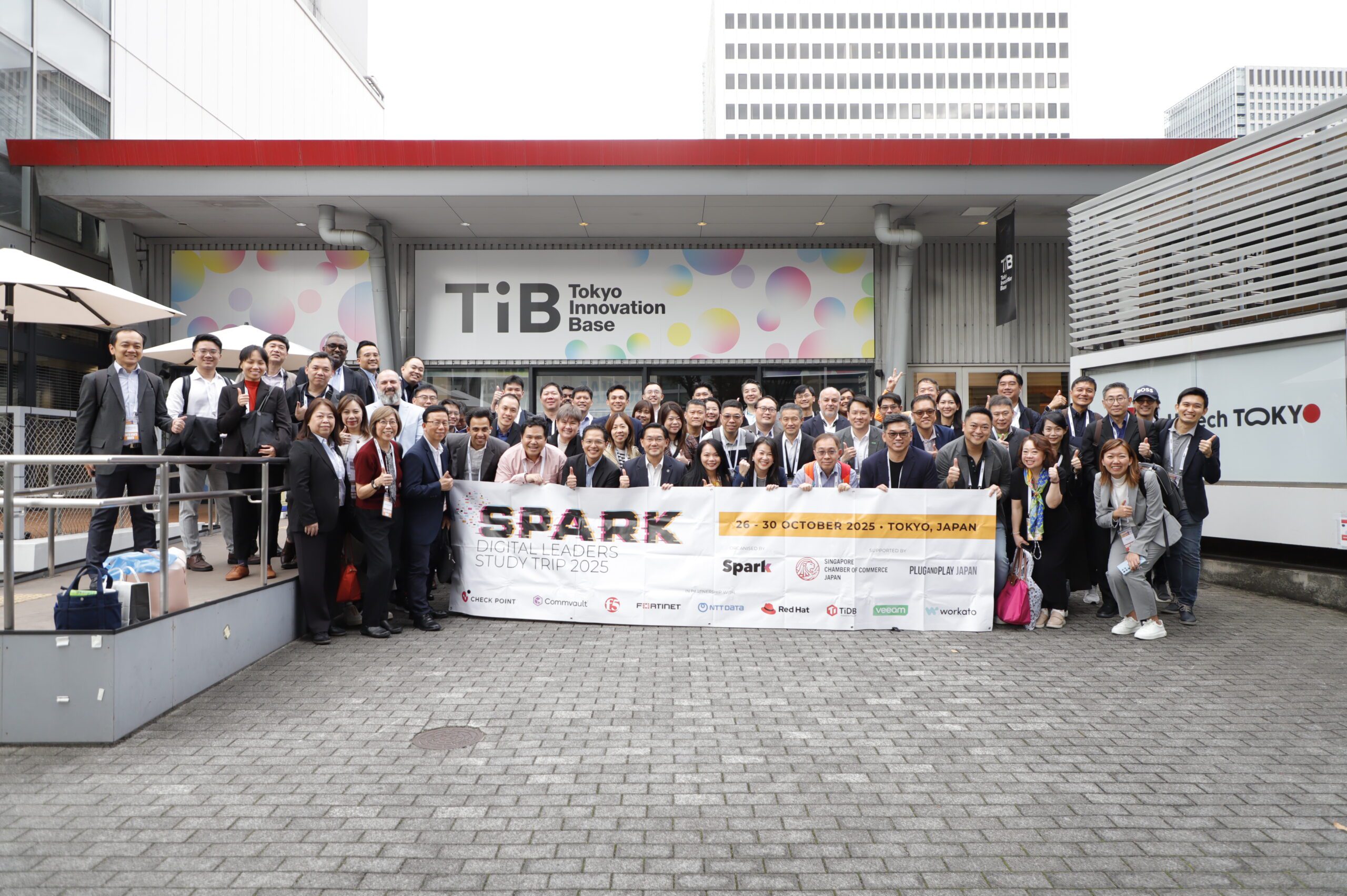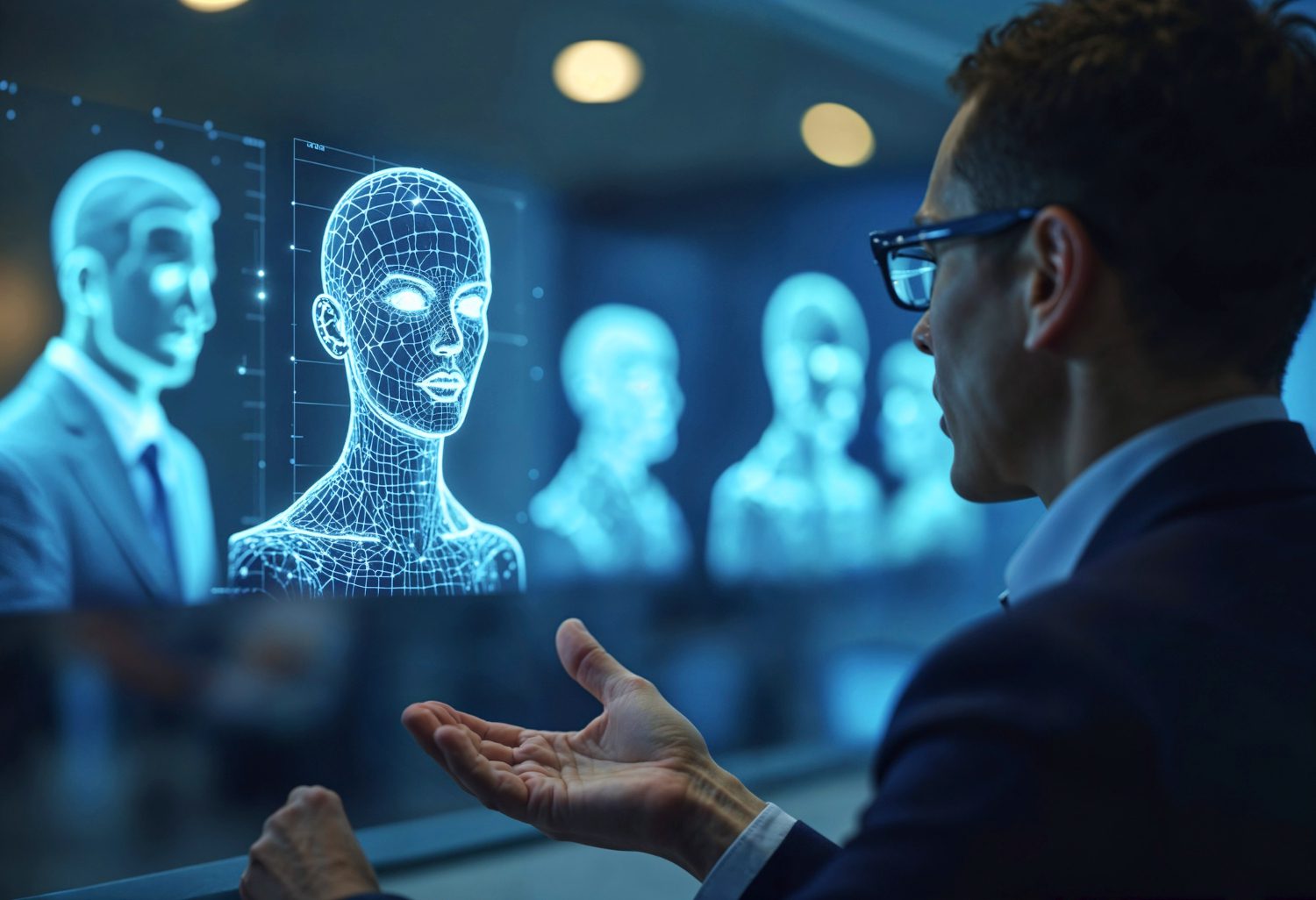This article is published by EnterpriseInnovation, March 21st 2017.
Ramakrishna Purushotaman was formerly the Director of Industry Development at the Infocomm Development Authority of Singapore (IDA), where he was responsible for national-level initiatives in developing the vibrant ICT industry in Singapore. He has been involved in the public sector ICT domain for over 30 years, and provided advisory services to develop ICT masterplans for foreign governments in Oman, Bhutan, Brunei, Trinidad & Tobago and Cambodia. He is currently the Deputy CEO for CIO Academy Asia.
eGov innovation speaks with Ramakrishna on fostering a digital economy, disruptive technologies and the challenges of government digital transformation.
At IDA, you were responsible for helming the development of Singapore’s ICT industry. What were the most important lessons learnt in the process?
The Industry Development role in IDA concerns all activities in realizsing business opportunities, including product or services, business models and marketing at a national level. The efforts are often seen as intervention by the government to induce certain measures to achieve certain desirable industry outcomes which would have not been possible if it was left to natural market forces.
ICT industry development efforts can only be effective if it focuses on addressing market gaps through sustainable capability development in key areas such as enterprise, manpower, innovation, market and infrastructure (hard and soft). Each of these key areas require specific strategies and execution plans with both short and long term goals. Development initiatives in each of these areas should be developed in tandem in order to achieve desirable outcomes for the country.
How do you see disruptive technologies transforming government organizations?
Disruptive technologies like cloud, mobility, social media, Internet of Things (IoT) and analytics first appeared in the business and consumer technology space. However, its implications went far beyond those domains. It has changed public expectations in areas of governance, ranging from public safety to health to transportation. Powerful combinations of mobile, social, geographic, video and sensor innovations have underpinned these public expectations.
Take the example of the wearable technology. The wearable technology market is expected to be worth US$51.6 billion by 2022[1], according to Markets and Markets. Naturally, its applications in the public sector and emergency response market is also set to grow.
Think of today’s reality – Police agencies using body cameras or emergency rescue teams responding to emergency health situations. Similarly, the rise of videoconferencing and telemedicine will reduce public healthcare costs and increase certain types of care for patients. In the near future, a soldier can potentially wear a flexible device resembling a patch on his skin that monitor his health during military training.
The implications for digital transformation for the government in transportation and mass transit are huge. We are already witnessing the rise of autonomous vehicles and driverless taxi fleets. The connected vehicle technology will transform our public transport systems.
What are the biggest challenges faced by governments in the process of digital transformation?
Challenges to government’s digital transformation can be looked at from two considerations. The first is the core capabilities that governments use to engage citizens and businesses and carry out their work. This would include the methods and tools they use to provide services, the processes they implement, their approach to making decisions, and their sharing and publishing of useful data. The second consideration is the organizational enablers that support governments in delivering these capabilities. These include aspects ranging from strategy; governance and organization to leadership, talent, and technology.
Efficiency in delivery of digital services remains a major concern. Availability of adequate budget and focusing on the right capabilities to implement digital transformation is also a critical factor. Besides these barriers, organizations may also have to combat issues of regulations, lack of flexibility and legacy contracts for digital procurement.
What can governments do to foster a digital economy?
Today, government cannot ignore the pressures for a digital economy. To allow the digital economy to thrive, governments have to work at multiple levels.
The bedrock of a digital economy is the development of a reliable digital infrastructure – mobile, broadband access, etc.
Secondly, technology is nothing without people. So, governments need to empower people, make them digitally literate and equip them with the right digital skills.
Thirdly, for the digital economy to grow, it is imperative is to accelerate innovation in the use of disruptive technologies to deliver relevant services to the citizens.
Fourthly, government should work at building trust and security around the digital economy to allow more citizens to be engaged. Policy makers and regulators must constantly review their existing regulations and not just protect the current policies because new disruptive players and business models are emerging and are shaking the status quo of ‘business as usual’.
Can you speak about the interoperability challenges of IoT and how do you think this can be resolved?
Despite the promises of IoT, interoperability remains a challenge. Purely at a technical level, up to 60% of IoT value is currently locked up by a lack of interoperability. However, for IoT applications to work, we need to identify the right business models and the proper governance framework, to help data to flow across multiple systems. Public-Private sector initiatives such as the formation of interoperability committees must be set up to promote the use of standards at a national level.
It is encouraging that solutions and standards are emerging to boost IoT interoperability but it will take a while before globally acceptable standards are put in place. Which is why dedicated events, such as IoT Asia, that brings together tech visionaries and experts are instrumental in driving the necessary conversations and continue to push the envelope.
What advice do you have for governments embarking on smart city projects?
Fundamentally, a smart city is one that uses information and communications technology to improve not only the way it operates, but also the services it delivers to its citizens.
Ever since the term smart city was coined, many countries have declared their intention to transform themselves as smart cities. However, there’s still a big gap between hype and the reality. Many smart city initiatives fall into the trap of applying technology-driven solutions to today’s problems. In the process, they fail to re-design systems and services with digital citizens in mind.
Smart cities should have people at the centre, and technology at the periphery. Smart cities, therefore, must start with the needs of their inhabitants and viewing technology only as an enabler. We have seen some good examples of smart cities sprouting around the globe. Cities should learn and work with each other by forging strategic partnerships and collaborations for mutual benefits.
Written by Tan Wee Kwang
Read the full article here.







